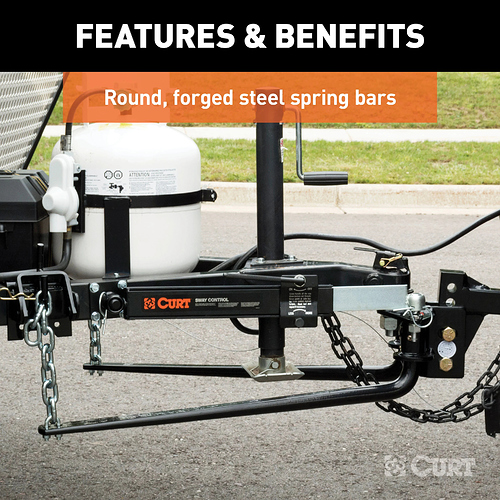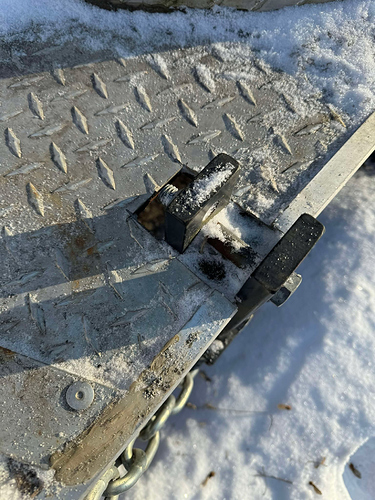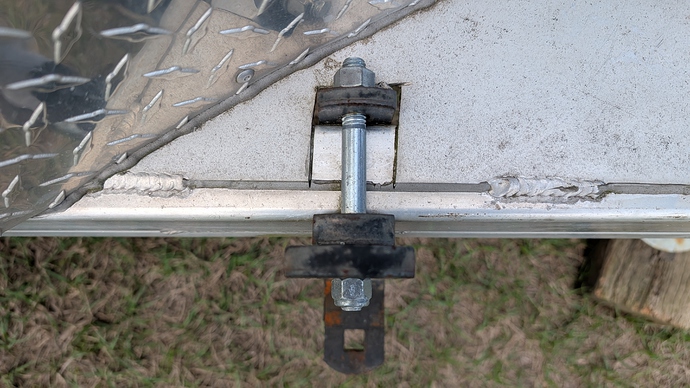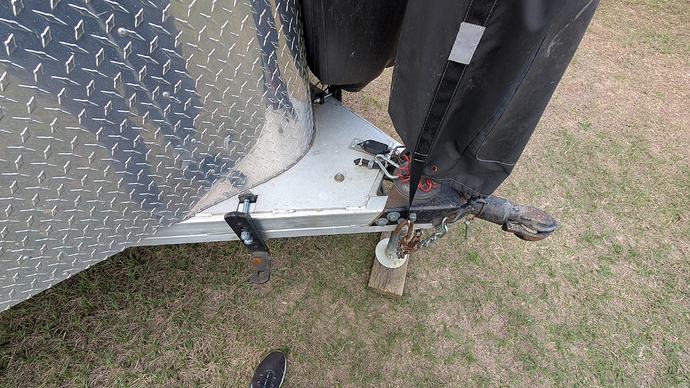I can’t speak for the Anderson, I opted to get the equalizer since it was both weight distribution (keep your front wheels on the ground) and anti-sway (keep the thing behind you where it belongs). I figured if I was going to be annoyed by the mechanics of either, I might as well get the benefits of both!
That said, my number one piece of advice for you is to ALSO invest in an electric jack then dealing with the equaliizer will be a piece of cake. This is the one I bought, my trailer has almost 20k miles since I installed it, so it does get used often. So far, so good!
The big hitch that goes in the receiver is one big, heavy unpleasant thing to slog around, so if you are one of those people who removes your hitch, you will be miserable. Unfortunately the Anderson one looks just about as big, so that seems like an unavoidable problem. I leave mine in and use it even when I don’t bother with the bars (I generally only use the full hitch on long hauls when we are packed to the gills). But when it comes to hitching up with the electric hitch, life is pretty easy, also the jack is powered by the truck battery so no worrying about whether you have a charged battery like other jacks.
Process:
get truck lined up close to trailer, attach brake/light plug, lift hitch enough (I keep mine low/level)
back up vehicle, lower hitch enough to lock hitch on ball. Put sway bars on HITCH with cotter pins
LIFT hitch by pushing switch UP (this would be physically painful to do manually - you are lifting the back end of the tow vehicle) when sway bars rise enough to clear the “ledge” they sit on (ledge is on the edge of your trailer hitch frame) you can either nudge it the rest of the way with your heel, or there is a tool that helps lift it in place if it isn’t quite high enough. Put the bar “lock” in place.
Lower trailer by pushing “down” button. Watch how much higher the back end sits and how much lower the front end sits.
So. Easy.
I also ordered a reinforced bag that holds the sway bars and other stuff. Keeps it all in one place and not moving around the trailer when not in use.





 . I have the exact set up she has. I actually have a 4 horse bumper pull (from driving carpool and needing something to haul mares and foals or horses and golf cart - before my kids could drive it was a regular thing for me to do pick up and drop offs with the horses. I’ve moved onto a truck with air bags now that I don’t need the third row (I miss the giant suv self-leveling air suspension). Yes, the equalizer hitch is SO heavy. But I’ve always used an automatic hitch and it makes a big difference in hitch up & unhitching. One thing to be aware of, if you have one, turn your automatic lane keep system off when using the equalizer hitch.
. I have the exact set up she has. I actually have a 4 horse bumper pull (from driving carpool and needing something to haul mares and foals or horses and golf cart - before my kids could drive it was a regular thing for me to do pick up and drop offs with the horses. I’ve moved onto a truck with air bags now that I don’t need the third row (I miss the giant suv self-leveling air suspension). Yes, the equalizer hitch is SO heavy. But I’ve always used an automatic hitch and it makes a big difference in hitch up & unhitching. One thing to be aware of, if you have one, turn your automatic lane keep system off when using the equalizer hitch.